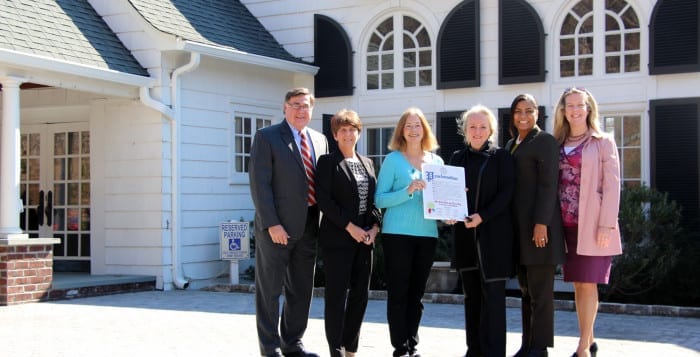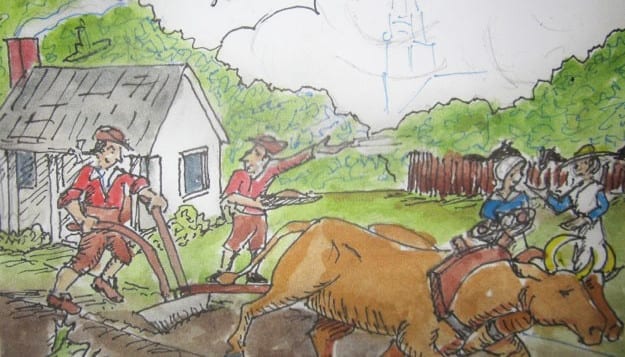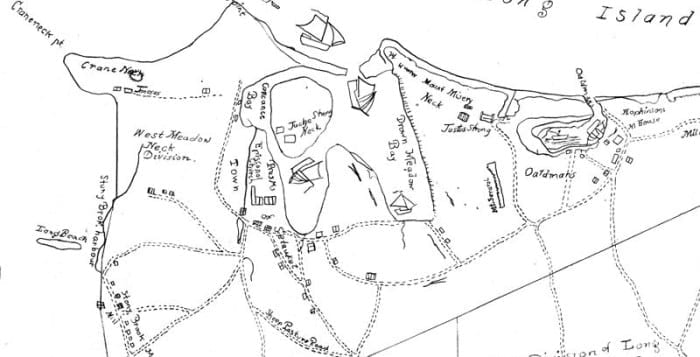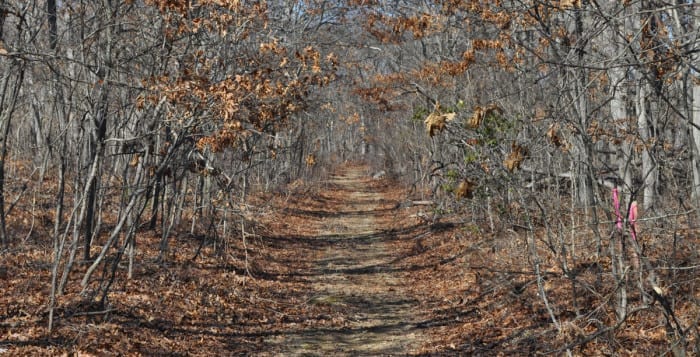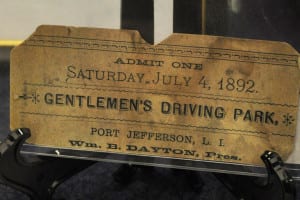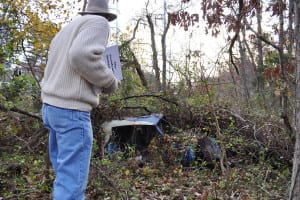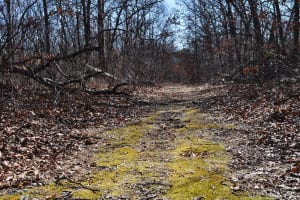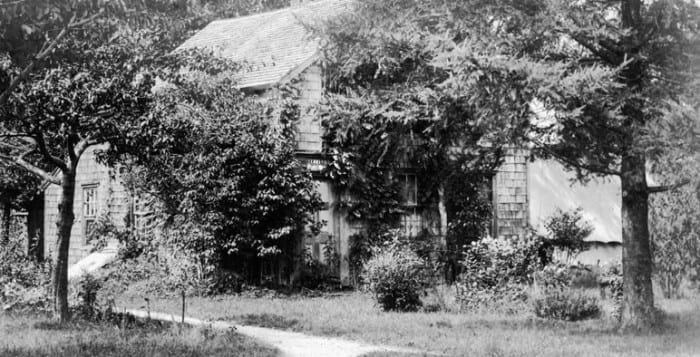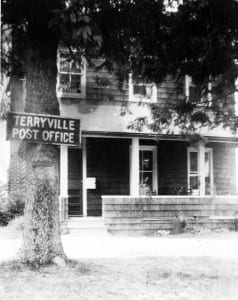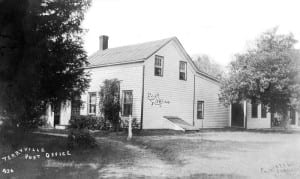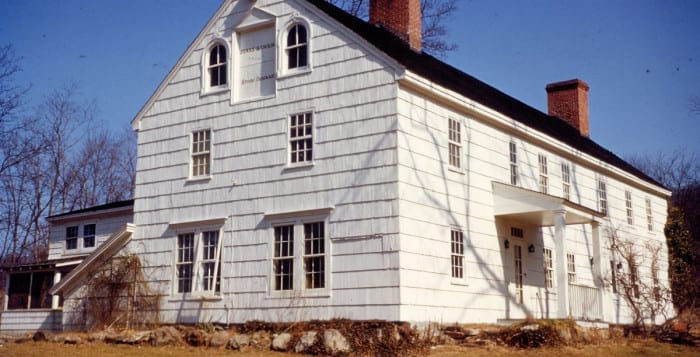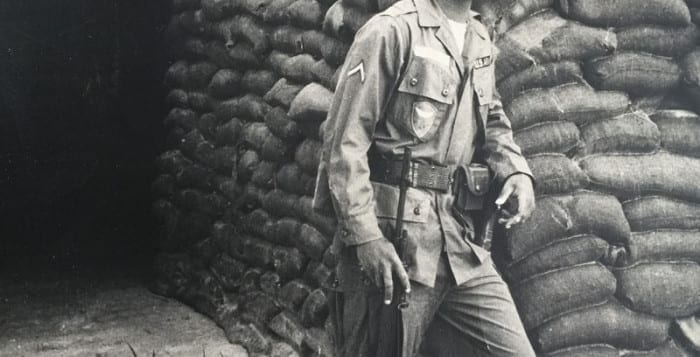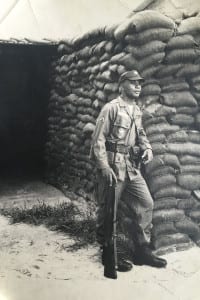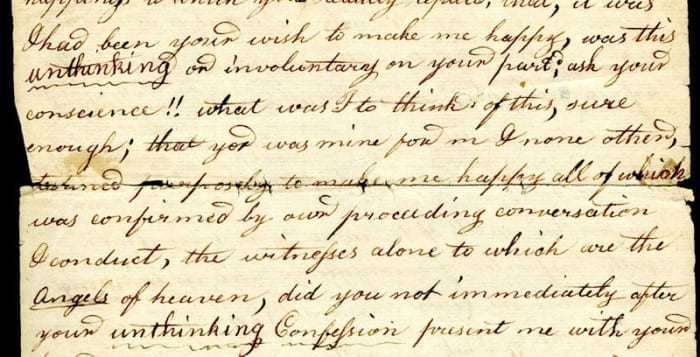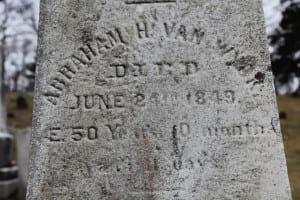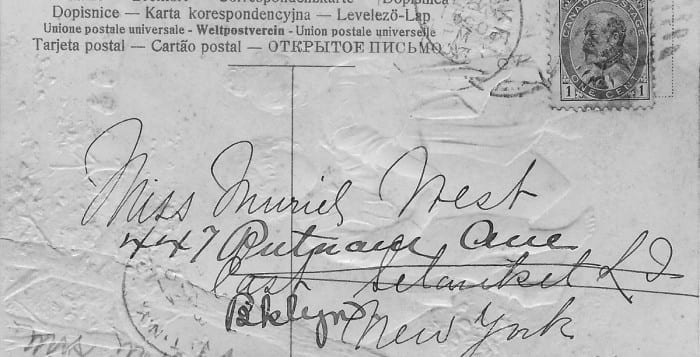In the early 1930s, Setauket’s Old Field Club was a recreational hotspot that brought community members together for various events or programs. Now 87 years later, the club is still a reminder of Three Village’s past — especially now that it’s on the National Register of Historic Places.
Brookhaven Supervisor Ed Romaine (R) designated Wednesday, March 9, as Old Field Club and Farm Day in the town in honor of that club’s newfound status. He joined Brookhaven Councilwoman Valerie Cartright (D-Port Jefferson Station), Brookhaven Historian Barbara Russell, Suffolk County Legislator Kara Hahn (D-Setauket), club member Kerri Glynn and Old Field Farm President Sally Lynch this week to pay tribute to the site and look ahead.
While some clubs have had its setbacks with fires, the Old Field Club’s clubhouse is still the original structure designed by architect Richard Haviland Smythe. Smythe didn’t only design the clubhouse but also the beach cabanas — his original court layout included a plan for the cabanas, which was modified due to storm damage and increased demand for cabanas.
Glynn helped to start the effort to register the club, its farm and the nearby beach and cabanas around three years ago. She said she saw other historically designated buildings and clubs throughout the county with similar stories, making the Old Field Club on West Meadow Road an obvious choice.
“I looked around at various other clubs like [Old Field Club] in the area, like the St. George club and Nissequogue club, and they had both had fires that destroyed their buildings,” Glynn said. “It occurred to me that [Old Field Club] was a very special building.”
Cartright, who represents the town’s historic 1st District, said the designation was not only appropriate, but also necessary for preserving the North Shore’s character.
“The Old Field Club, farm and out buildings reflect the past of the Three Village area all the way back to the 1930s,” Cartright said in an email. “The club continues to serve as a location for community gatherings nearly a century later. It is a staple in our community.”
Glynn, who has been a member since 1977, added, “the preservation of the beach and cabanas is especially important in light of the loss of the West Meadow cottages.”
The cottages were also added to the register after they were destroyed in the early 2000s. Romaine said that members of the community felt the property should be a natural beach at the time.
The cottages as well as the club were part of the Old Field South, a property subdivision that was being established at the time.
“Having a beach, swimming, tennis club to augment the sale was very much apart of the social life in the 1920s and 1930s,” Russell said.
Members paid $50 per visit at the time to use the club and attend programs and events. Various events were open to all community members, including the North Shore ball. The ball, one of the most important social events at the time, was held at the Old Field Club. The club also organized a number of dances for teenagers, which attracted countless teens.
The Old Field farm grounds were also used for horse shows. The 13.2-acre parcel is divided into the main barn complex and the horse show grounds.
A schoolhouse was also built on the property but was not included in the National Register of Historic Places alongside the clubhouse, farm and beach and cabanas because the building is privately owned.
Although Long Island is bustling with historic sites like the club, Russell said sites must be at least 50-years-old and must have a clear important historic significance, which Old Field certainly satisfied.
Some sites like the Old Field Club have more than one qualification — the club was placed on the register for its social and agricultural significance. The clubhouse includes a large ballroom with four sets of French doors among other characteristics.
Romaine commended those involved, for helping preserve this historic landmark.
“The work done by our historian [and] by these individuals involved, has ensured that these structures [the clubhouse and farm] will forever remain as they are,” Romaine said. “They can be improved upon but they can’t be changed and this piece of history…will forever be with us and remind us of our past.”

